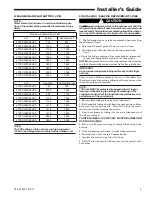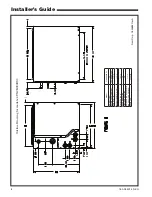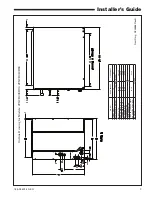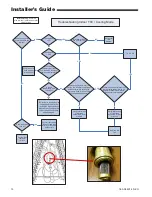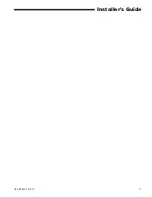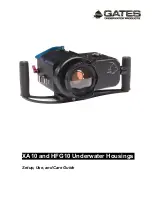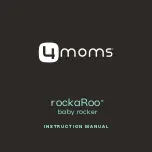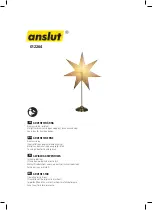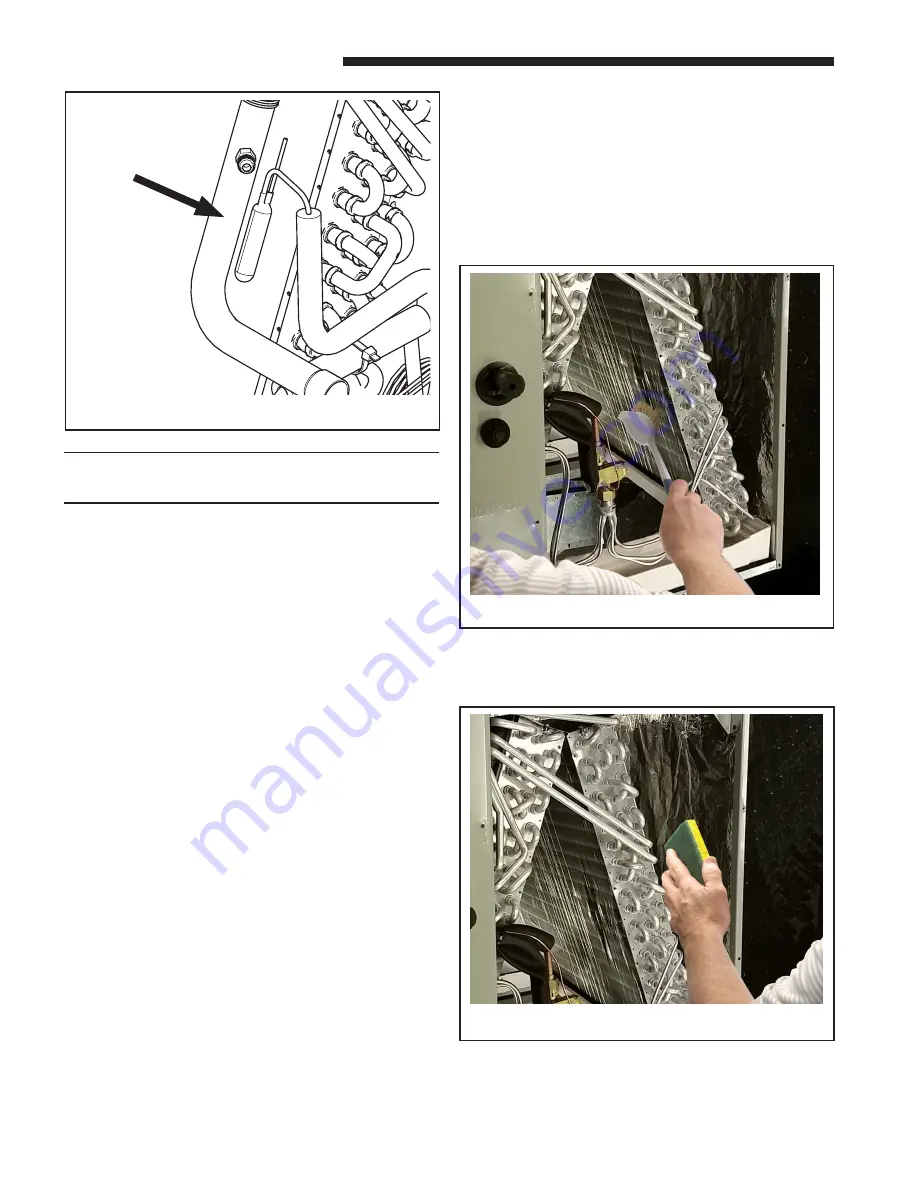
6
18-AD35D1-2D-EN
Installer’s Guide
When replacing the bulb and hose clamp, the clamp
should be "snug" but not "tight" - spec is to torque the
hose clamp to 20+/-5in-lb.
9. Wrap the TXV with insulation after the hose clamp has
been installed.
J. LEAK CHECK
1. Using a manifold gauge, connect an external supply of dry
nitrogen to the gauge port on the liquid line.
2. Pressurize the connecting lines and indoor coil to 150 PSIG
maximum.
3. Leak check brazed line connections using soap bubbles.
Repair leaks (if any) after relieving pressure.
4. Evacuate and charge the system per the instructions pack-
aged with the outdoor unit.
K. CONDENSATE DRAIN PIPING
Condensate drain connections are located in the drain pan
at the bottom of the coil/enclosure assembly. The female
threaded fitting protrudes outside of the enclosure for external
connection. A field fabricated trap is not required for proper
drainage due to the positive pressure of the furnace; however,
it is recommended to prevent efficiency loss of conditioned air.
1. The drain hole in the drain pan must be cleared of all
insulation.
2. Insulate the primary drain line to prevent sweating where
dew point temperatures may be met. (Optional depending on
climate and application needs)
3. Connect the secondary drain line to a separate drain line
(no trap is needed in this line).
Figure 13
Figure 14
L. CLEANING THE COIL
The two piece door (3-piece on 24.5" wide models) allows
removal of the outer casing doors without interference from
refrigerant or condensate lines. Once the outer doors are
removed the split inner coil panels can be easily removed.
The inside and outside of the coil can be easily cleaned with
a brush and vacuum with the panels removed. See Figure 13.
The foil covered insulation should be wiped down and residual
dirt and dust should be vacuumed up to maintain good air
quality. See Figure 14.
Figure 12
Capillary tubes will
come out the top of
bulb when positioned
correctly.





